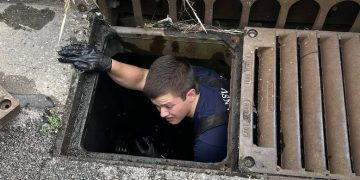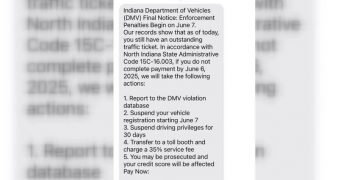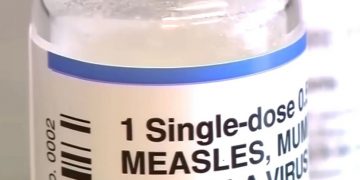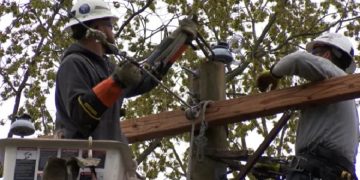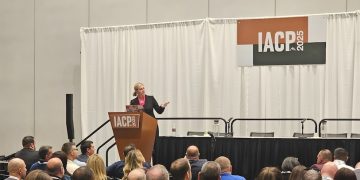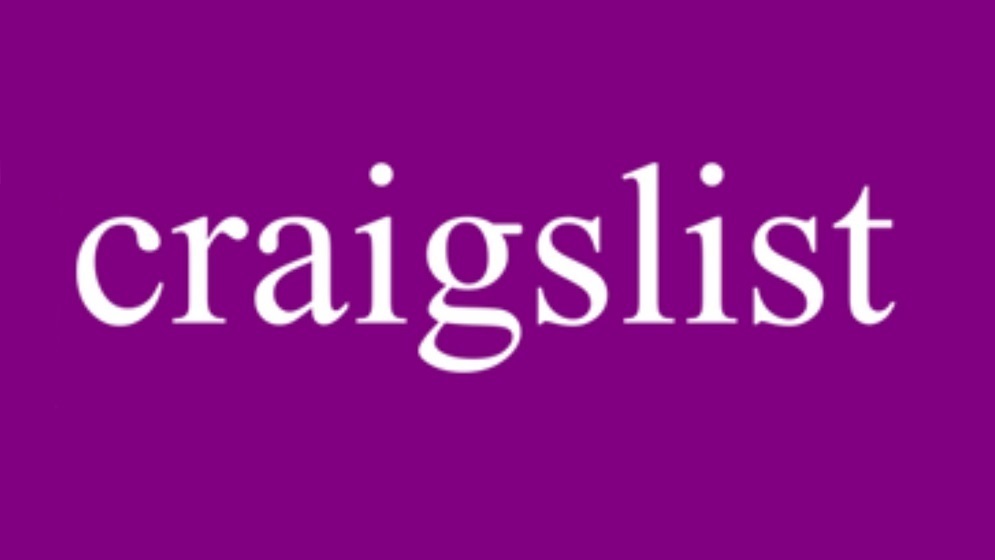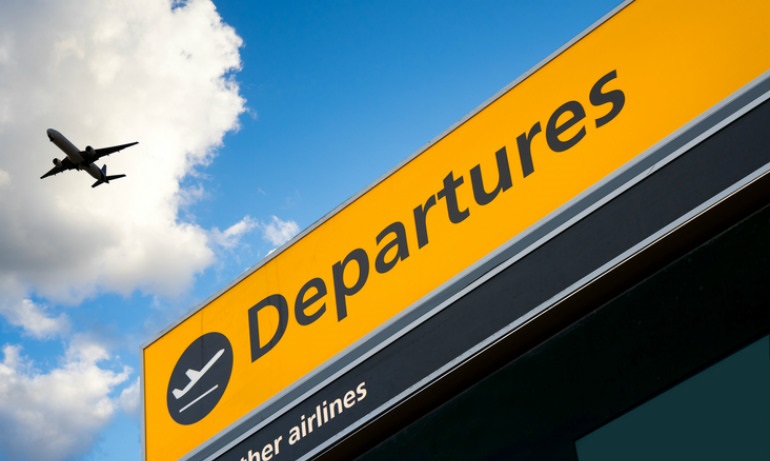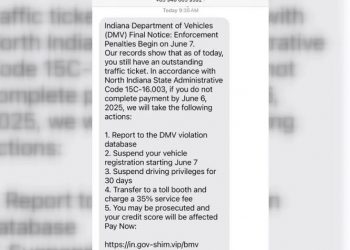Indianapolis, Indiana – The Covid-19 pandemic was and still is one of the biggest challenges in modern history that healthcare systems around the world have had to face, and so is the case in America. While hospitals and clinics in some areas performed worse compared to other areas, America’s healthcare system response was generally good, especially in periods with stable numbers of new cases and hospitalizations.
On the other hand, the pandemic disrupted the healthcare industry in almost every state nationwide, and there is no easy way to getting back to where it was before the pandemic. Overwhelmed by the strict pandemic working guidelines, working overtime hours for months, working under pressure, and having to deal with aggressive patients are some of the reasons that forced thousands of healthcare workers to quit their jobs just when Americans needed them the most.
The staffing shortage was especially notable during the Covid-19 peaks, like the winter waves, when the number of new cases and hospitalizations due to the virus was exponentially growing. These peaks clearly showed that hundreds of hospitals and clinics nationwide were operating under the minimum number of employees required to handle the pandemic.
Hospitals across Indiana are not an exemption. Most of the hospitals statewide faced and are still facing a labor shortage, especially in nursing. Although we are now in a “calm Covid-19 period,” hospitals are concerned that there is no easy fix to the labor shortage problem and that it will probably take years before things get back to normal.
The American Hospital Association issued a report earlier this year in which they noted that hospitals have continued to face a range of financial and operational pressures even years into the pandemic, with workforce-related challenges among those most critical. Per the same report, the American Hospital Association estimates that about 500,000 nurses are expected to leave the workforce by the end of this year, leading to a national shortage of about 1.1 million nurses. Meanwhile, it’s expected that Indiana will need 5,000 nurses by 2031 in addition to the current number of nurses statewide, according to Indiana Hospital Association.
In February, officials with the Eskenazi Health based in Indianapolis said that the hospital is in urgent need of nurses. Eskenazi Health held several virtual recruitment events in the coming months in an effort to hire at least 100 nurses. But Eskenazi Health is just one of many medical facilities that are in need of workers. Industry-wide, there are a lot of open positions nationwide, but not enough people to fill them. On one occasion, Indiana Hospital Association President Brian Tabor said that “there are ten times the open positions for nurses than we saw before the pandemic” and that pretty much sums up the current situation.
Short-term solutions to the shortage are travel nurses and virtual nurses. Travel nurses have become especially popular during the pandemic, and many of the regular nurses who quit their regular nursing jobs switched to being travel nurses.
Hospitals aim to have nurses on a permanent basis since it’s more predictable and makes it easier for hospital leaders to plan activities in advance. However, they still heavily rely on travel and virtual nurses due to the labor shortage.
Since the summer, Indiana University Health has had 11 virtual nurses helping bedside nurses in seven of its hospitals, including in Indianapolis, Bloomington, and in West Lafayette, IndyStar reported. And many others are expected to follow IU Health’s steps to combat the shortage.
Nurse Journal report from September shows the number of registered nurses nationwide, as well as a state-by-state breakdown.





















